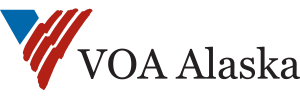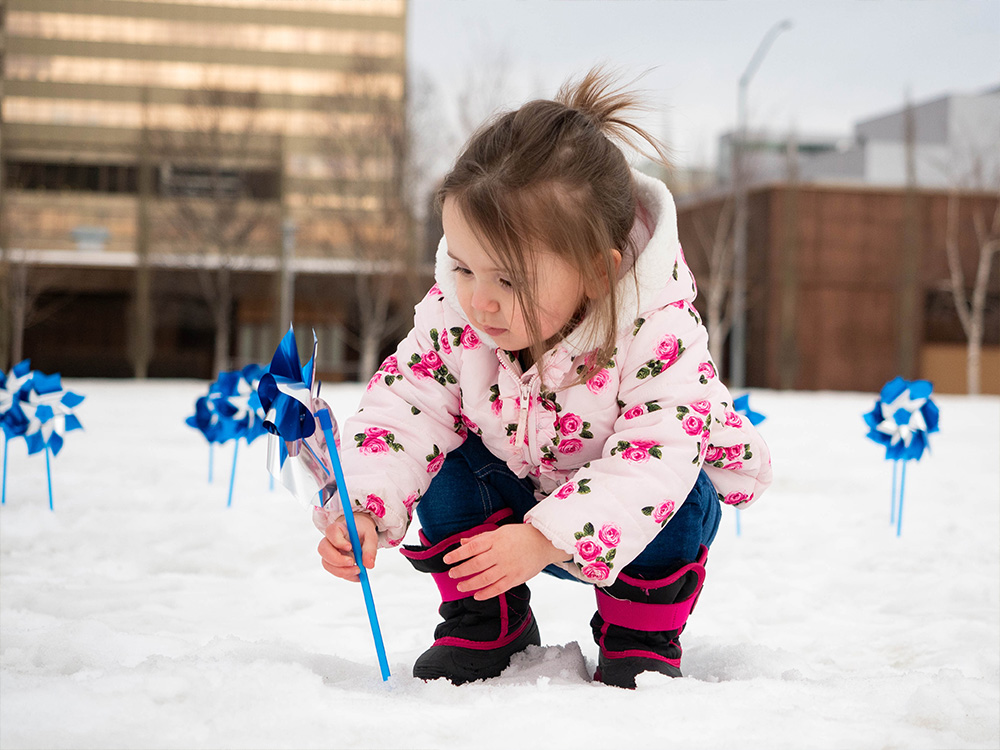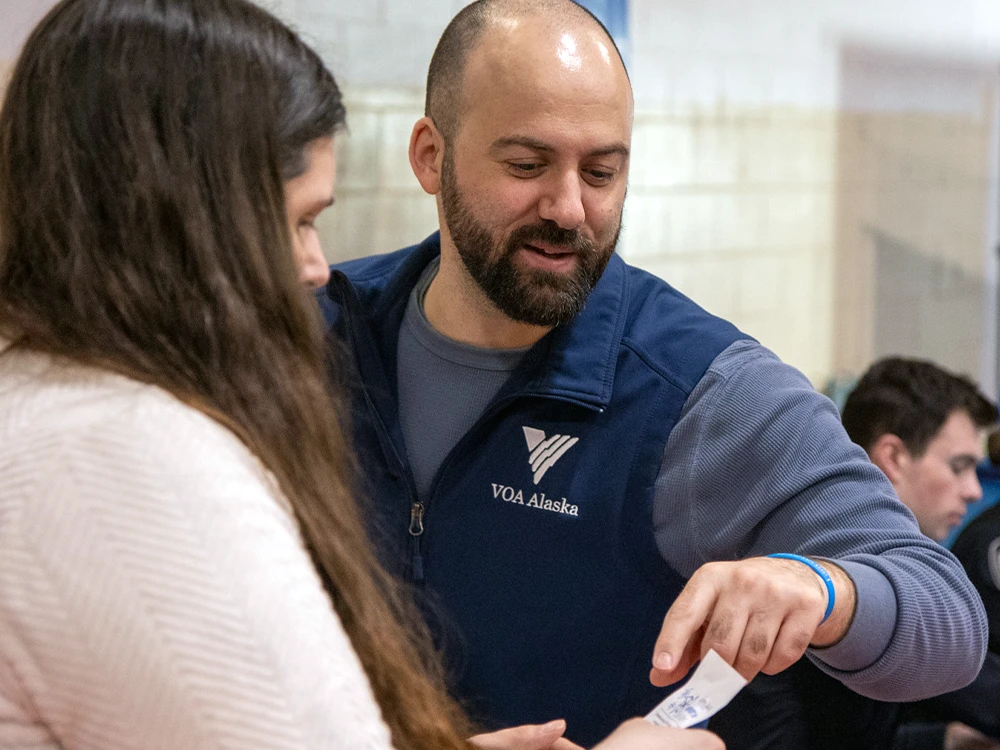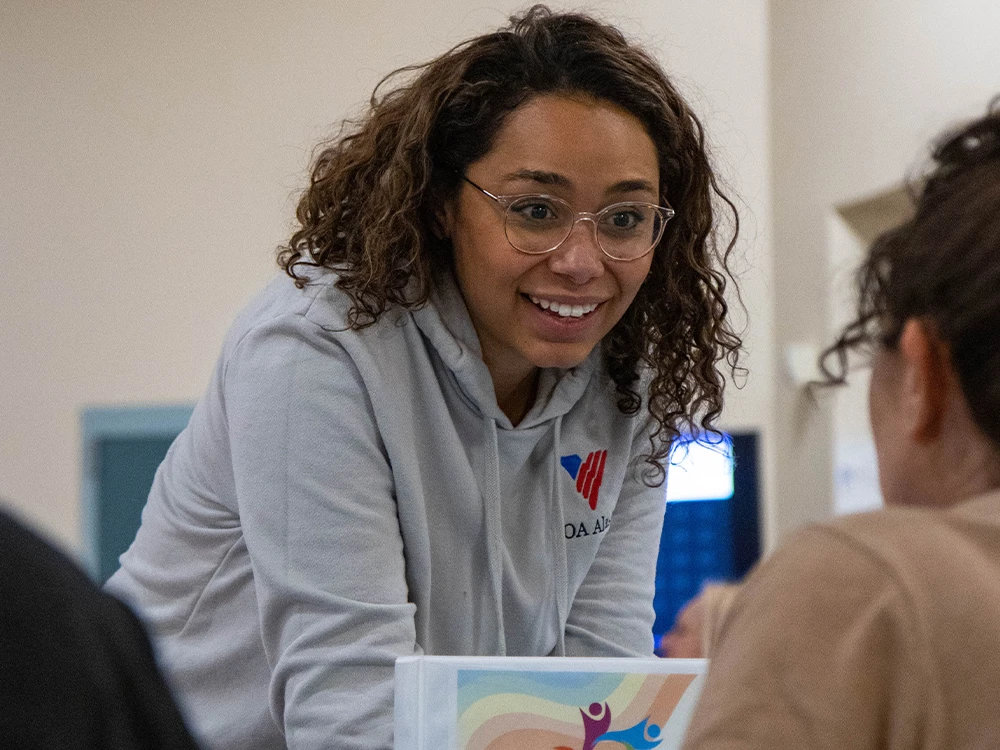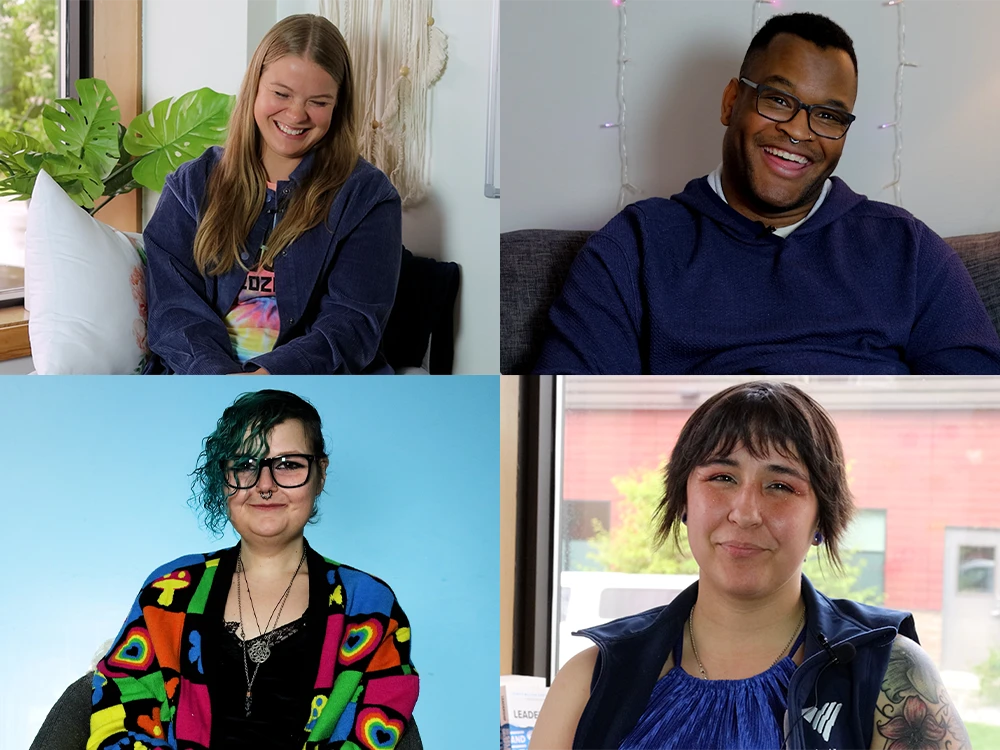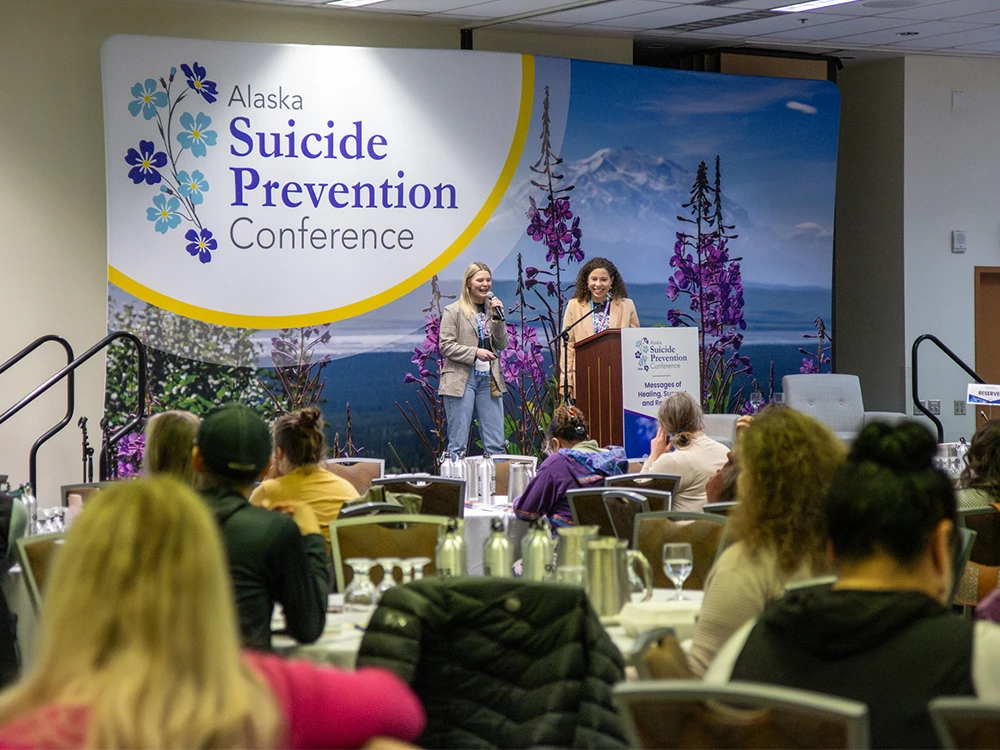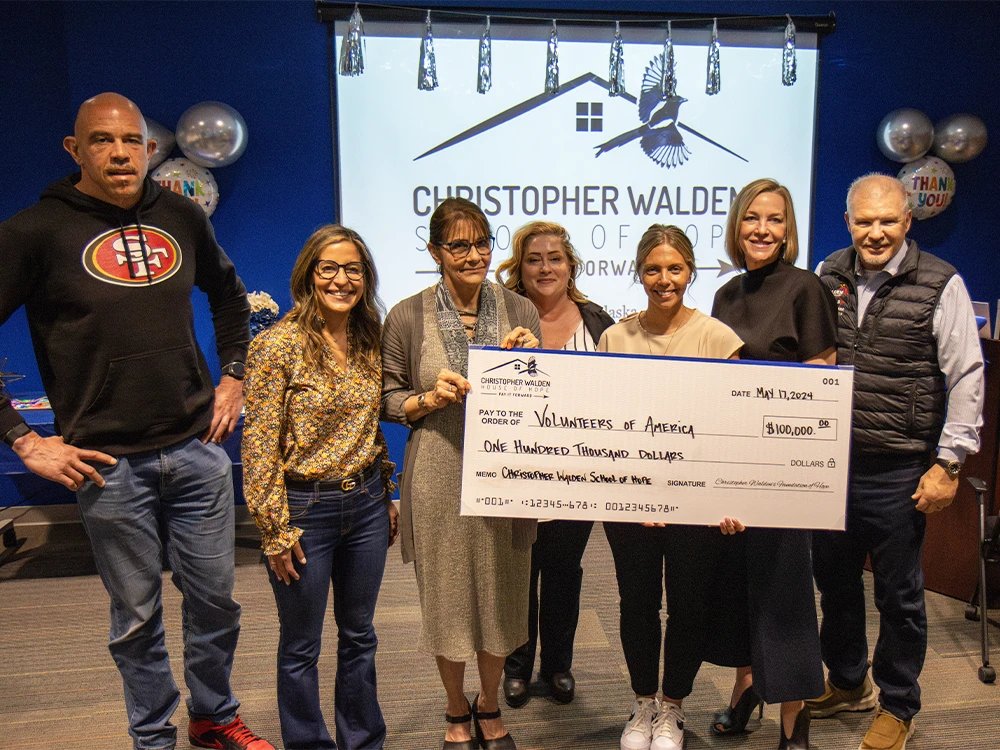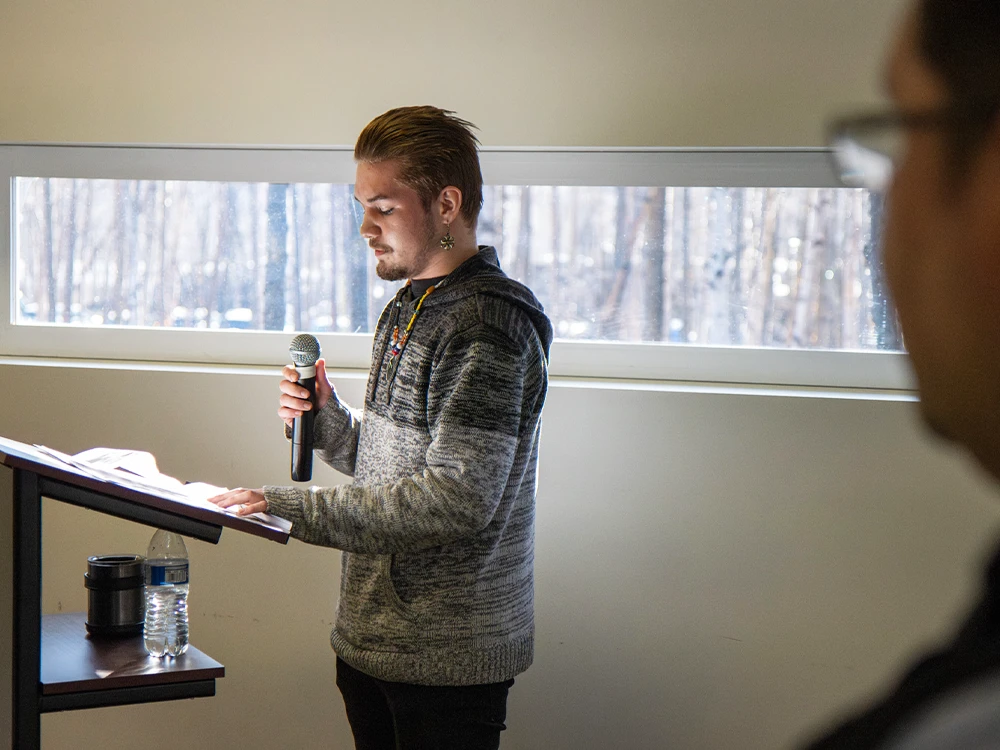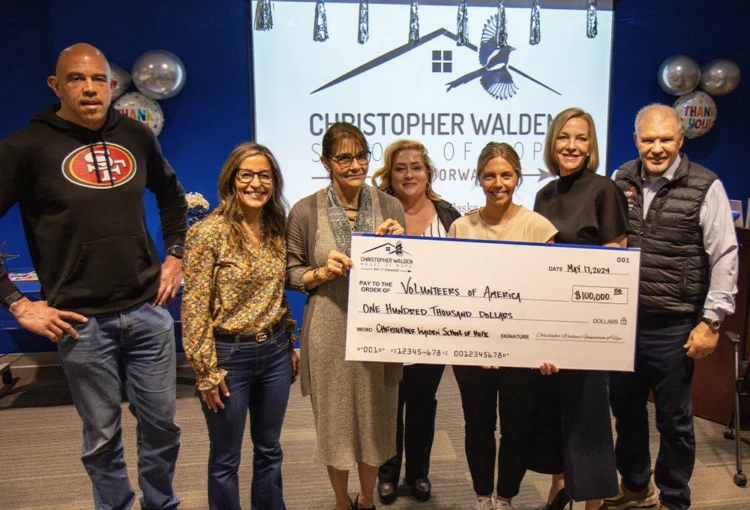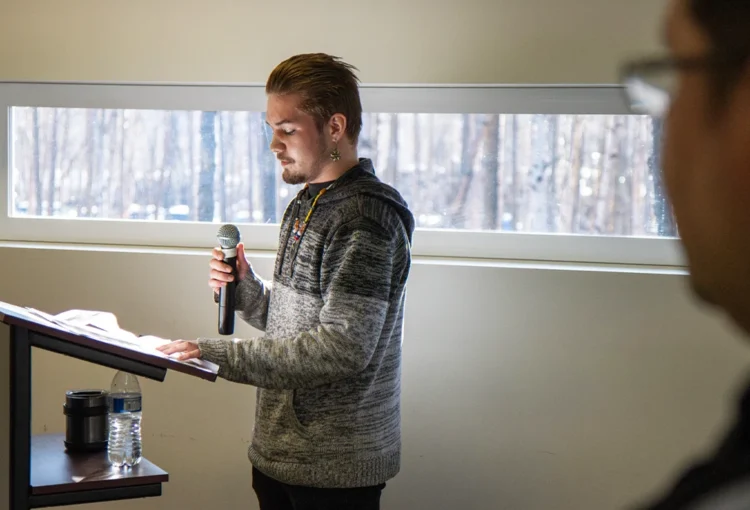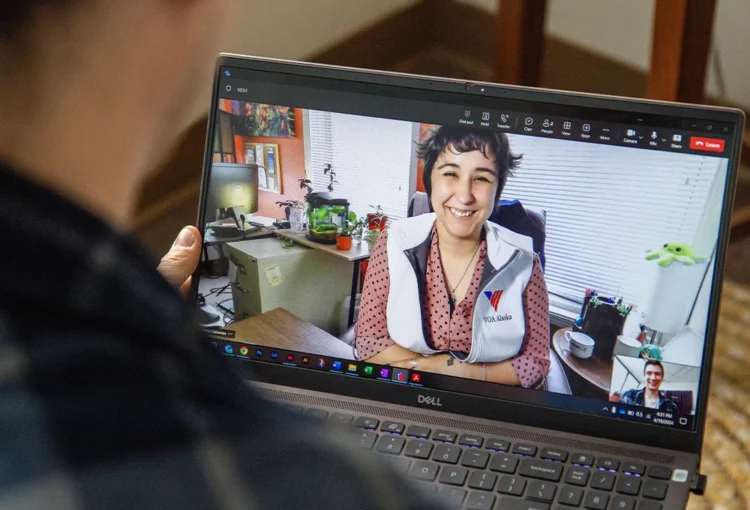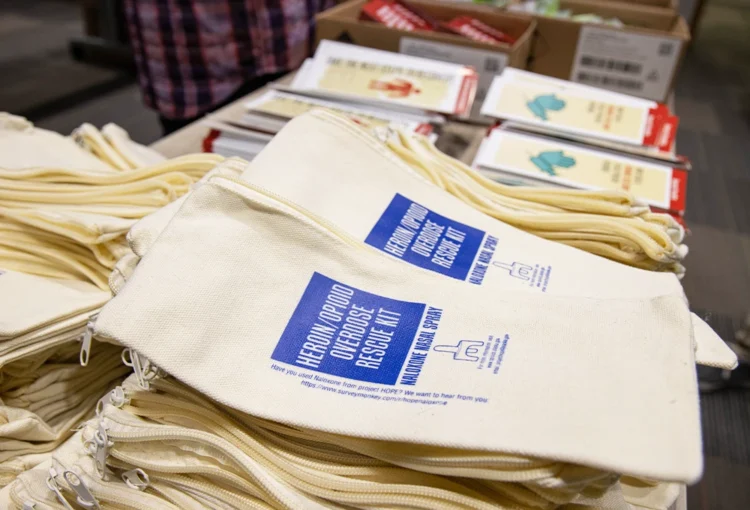By Ariel Serrano, Family Resource Specialist, Kinship Family Program
Child abuse is often misunderstood by the public, thanks to dramatic storytelling and sensationalized news stories. It doesn’t just happen in faraway cities between an unknown child and a creepy stranger. Unfortunately, it’s a very real concern right here in Alaska, and in most cases, the abuser is someone the child knows.
April is National Child Abuse Prevention Month, a time to recognize the importance of families and communities working together to prevent child abuse and neglect. VOA Alaska’s Kinship Family Program works to raise awareness about child abuse and neglect and supports caregivers who are raising relative children.
We’ve gathered below some of the most prevalent myths of child abuse and give you the facts. After that, make sure to review what to do when a child experiencing abuse asks you for help. Everyone should know the facts and what to do, because child abuse prevention and awareness is everyone’s responsibility.
MYTH: Child abuse would never occur in my neighborhood, that only happens in “other” places.
FACT: Child abuse and neglect occurs in all types of families, no matter the income, education, family size, socioeconomic status, ethnicity, or religion. Abuse cuts across all the economic and social statuses.
TIP: Getting to know your neighbors can help reduce feelings of isolation and increase support for parents and children. Volunteering for organizations like Big Brothers Big Sisters, and Boys & Girls Clubs can help support children and families in your community. Fear, lack of knowledge, and indifference about child abuse can continue the pattern of abuse within the community.
MYTH: Usually, children are victimized by creepy strangers.
FACT: In 2015, 91.5% of victims reported the abuser was someone they knew well, such as parents, neighbors, care providers, and other relatives. Most (90%) child sexual assault victims reported their abuser was someone they knew, or their family knew well.
TIP: Listen to children and show them that you care about what they are saying. Help children understand boundaries, speak openly to your children about safe adults in their lives, and safe body boundaries. Be a trusted adult for children and youth in your life, allow them to speak openly about violence and abuse.
MYTH: Many children lie about being abused to “get back” at their parents or family members, also known as revenge disclosures.
FACT: Less than 10% of all child abuse cases or reports are found to be false accusations. The number of false or revenge cases/accusations is close to 2% of all cases nationwide. Research shows that most child victims delay disclosure, or never disclose sexual assault to family, friends, or authorities.
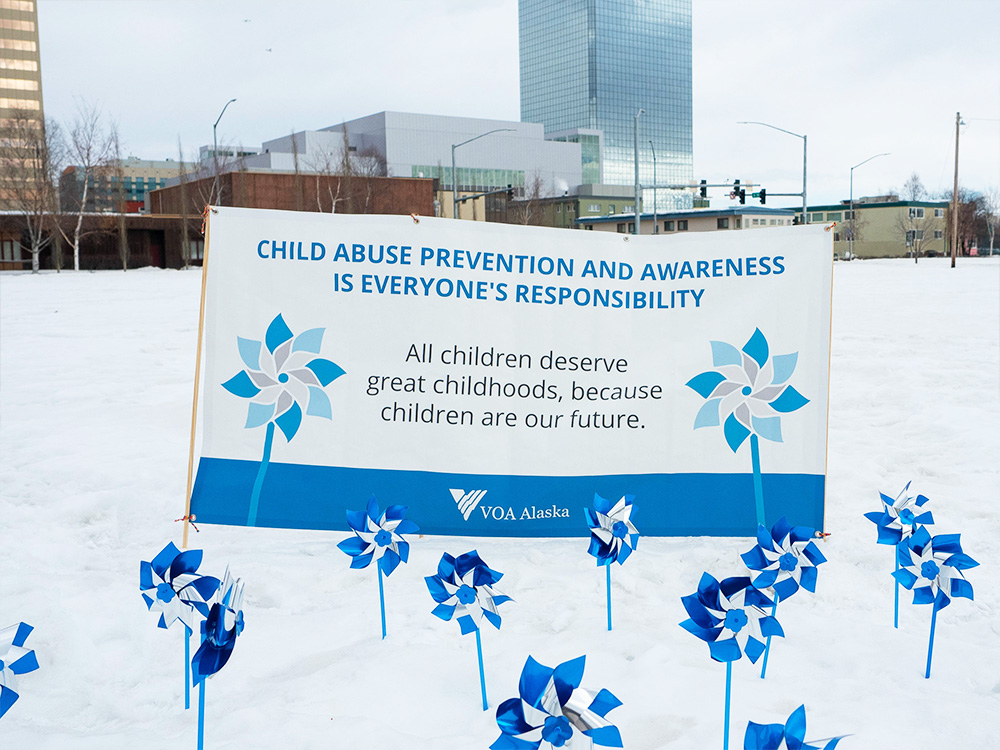
Did you know child abuse and neglect are community health concerns?
In 2019, there were 3,086 confirmed cases of child abuse in Alaska. The effects of child abuse and neglect have lasting impacts on the victim’s health and quality of life, economic impacts that are passed on to the community through increased use of health resources, interactions with the criminal justice system, and loss of workforce productivity. The Alaska Children’s Trust estimates that each nonlethal child abuse case costs over $300,000 in loss wages and productivity during the lifetime of a victim also known as human capital. These numbers represent some of our youngest and most vulnerable Alaskans. The best tool in every community is awareness and prevention of child abuse!
What can I do if a child experiencing abuse asks for help?
If a child chooses to disclose an incident or pattern of abuse to you, the best things you can do for the child is:
- Reassure the child that you believe them, want to help them, and support them.
- Ask open ended questions, like “How did you get hurt?” “What happened next?” Be sensitive to the child’s feelings and comfort level.
- Afterwards be prepared to call the appropriate authorities, especially if your job requires mandatory reporting. You don’t need proof to make a report! In Alaska for statewide reporting call 1-800-478-4444. For more information about reporting and the steps taken after a report is made, visit: http://dhss.alaska.gov/ocs/Pages/childrensjustice/mandatoryreporting.aspx
VOA Alaska’s Kinship Family Program is a one-of-a-kind, statewide program providing resources and support for Alaskans caring for their family members’ children. All services are free and confidential for families who are the primary caregivers of relative children under the age of 18.
